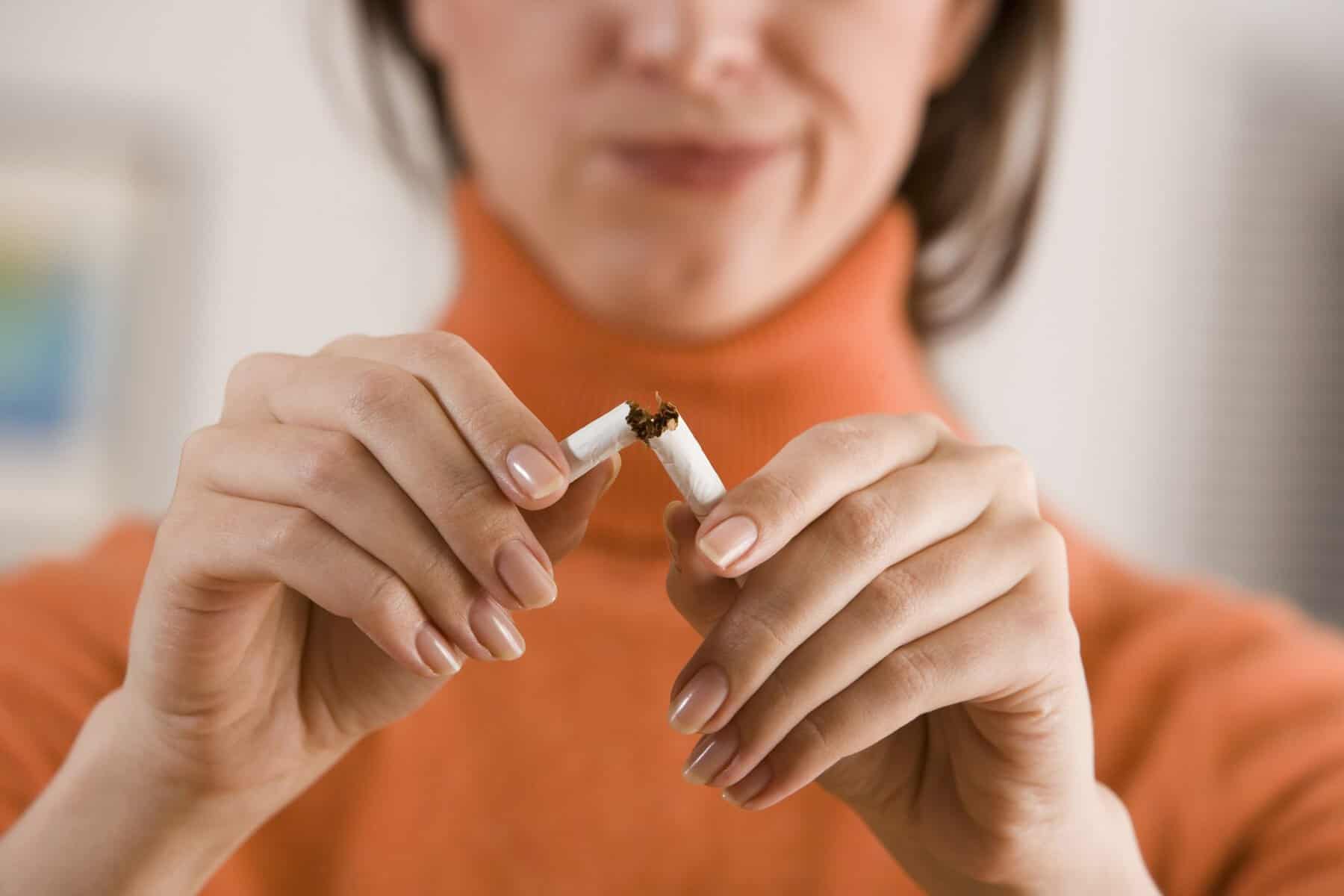From 2005 to 2020, adult cigarette smoking rates fell from around 20% to 12%, and youth cigarette smoking rates similarly declined. There was an indication that tobacco awareness campaigns and educational efforts were proving effective across the country. And in New Jersey, due to advances in smoke-free legislation – like the 2006 Smoke-Free Air Act – residents were better protected from smoke in public.
But in recent years – as technological advances usually go – a new product came out that offered more capabilities and easier use than its infamous predecessor, known as Electronic Nicotine Delivery Systems (ENDS). ENDS devices, like e-cigarettes, have re-vamped smoking rates across the board and introduced a new generation to tobacco use and addiction.
Now, in 2022, 2.5 million U.S. middle and high school students currently use e-cigarettes according to the latest CDC (Centers for Disease Control Prevention) data. Most students who used reported using flavored products, and, among those students, approximately seven of 10 used fruit flavors. With the endless number of fruity, candy and pop-culture referencing flavors – over 7,500 as of 2014 – e-cigarettes have been effectively and deceptively marketed to appeal most to youth.
Further, among middle and high school students who used e-cigarettes, approximately four in 10 reported frequent use, and approximately one in four reported daily use. Millions of students are being introduced to – and getting hooked on – tobacco at an age where they can’t fully comprehend the long-term harm it causes, physically and mentally. A “buzz” or a false sense of relief should not be the reason that still-developing youth are jeopardizing their health.
Isolation and stress from the pandemic only fueled this increase in usage, as many turned to tobacco products to attempt to alleviate their anxiety. Among youth who use e-cigarettes, the most commonly cited reasons for use are attributable to feelings of anxiety, stress or depression. Tobacco and nicotine are not coping mechanisms and using them as such will only increase feelings of anxiety when you’re not using the product – dragging you into a regular cycle of tobacco use, whether it’s recreationally or for “stress relief.”
Unfortunately, misconceptions surrounding tobacco remain frequent in college, as does use. Many students don’t consider tobacco to be a significant problem. They’ll either say, “everyone knows cigarettes are bad for you” or “It’s not my problem, I don’t smoke” – unaware to the facts that cigarette smoking remains the leading cause of preventable death in the United States and that secondhand smoke can have similar effects on close bystanders as it does to the smoker, and can cause heart disease, stroke and premature deaths, according to the CDC.
The newly released CDC data reflects a generation that was not given the proper education on tobacco and its related products. E-cigarettes are relatively new to the market, and the interest quickly outpaced the warnings. The tobacco industry has long promoted these devices as safe alternatives to cigarettes so younger generations have been falsely influenced into thinking that they don’t come with the same health impacts as traditional cigarettes. But, as we’ve seen in the past decade with overall cigarette use, tobacco advocacy is effective, and we have an opportunity to address the problems at a young age before it turns into a lifelong addiction.
Incorruptible.US, a program from Tobacco-Free for a Healthy New Jersey and funded by the New Jersey Department of Health, works to decrease youth tobacco initiation and use through Youth Tobacco Action Groups – groups of teens, like me, coming together to promote smoke-free lifestyles with our classmates, friends and others our age. We provide cessation resources to those looking to quit and educate others on the health impacts of tobacco. Tobacco is not just a public health issue. Tobacco advocacy is an intersection of issues concerning the environment, social justice and mental and physical health; anyone can stand up for a cause within tobacco advocacy. A smoke-free generation can have an impact beyond tobacco.
These action groups and our work equip individuals like me with applicable leadership and professional development skills that can be utilized in other areas of life and provide memorable experiences in the effort to make New Jersey a place where everyone can live a smoke-free lifestyle. Consider joining a youth group and visit www.incorruptibleus.org to learn more about how you can educate others or get support in quitting.
Yashi Srivastavai is a member of Youth Tobacco Action Group and Incorruptible.US

